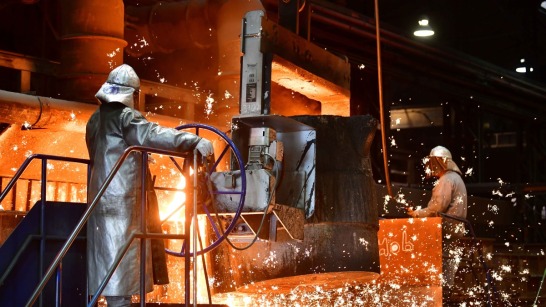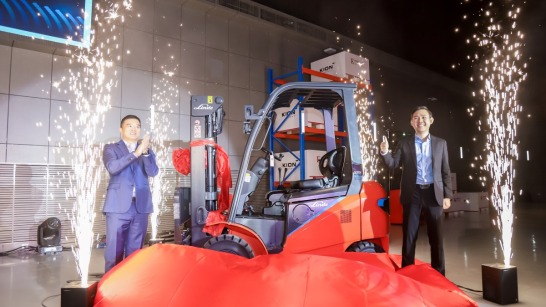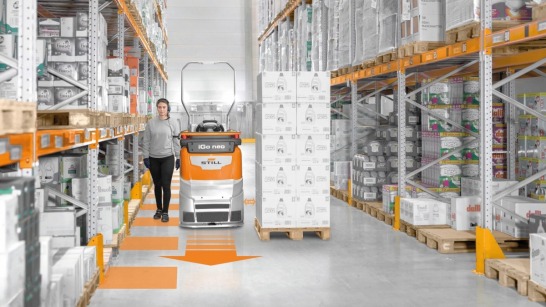Sustainability as the Key Challenge
“I’m incredibly proud to be part of this history and delighted that we have permission to shape the future of the plant,” says Plant Manager Frank Koch about the site’s anniversary. The most important challenge for the coming years is the issue of sustainability, Koch continues: “We want to drastically cut down on our carbon emissions.” Counterweights consist of 100% melted scrap metal such as from discarded manhole covers or old water pipes. “If you think about it, foundries have always recycled,” says Koch with a smile. But cupola furnaces like the one in the Weilbach foundry consume a lot of energy.
How can the site’s high energy consumption on the one hand be reconciled with its stated ambition for sustainability on the other? Weilbach has set up a task force to tackle this very issue, dealing with a range of approaches along the way. One of these is a test with organic coke, with preparations currently underway. Plant Manager Frank Koch elaborates: “Coke is the current energy source, enabling us to process more than 50,000 tons of metal. Conventional coke is produced from hard coal and is therefore a fossil fuel. By contrast, organic coke is made from biodegradable waste products.” These are generated in agriculture and forestry, for example, as well as in the wood, recycling, and food industries.
Field Test with Organic Coke
Koch is still unsure how the switch to organic coke will impact the Linde’s ecological footprint: “Firstly, it’s about collecting the relevant data,” says the plant manager. “Up to now, there haven’t been any foundries with organic coke in series production. Therefore, it’s only through our own experiments that we can see how the initiative affects our carbon footprint.” But as it stands, one thing is for certain: The Weilbach foundry is thinking ahead—even after 200 years.





